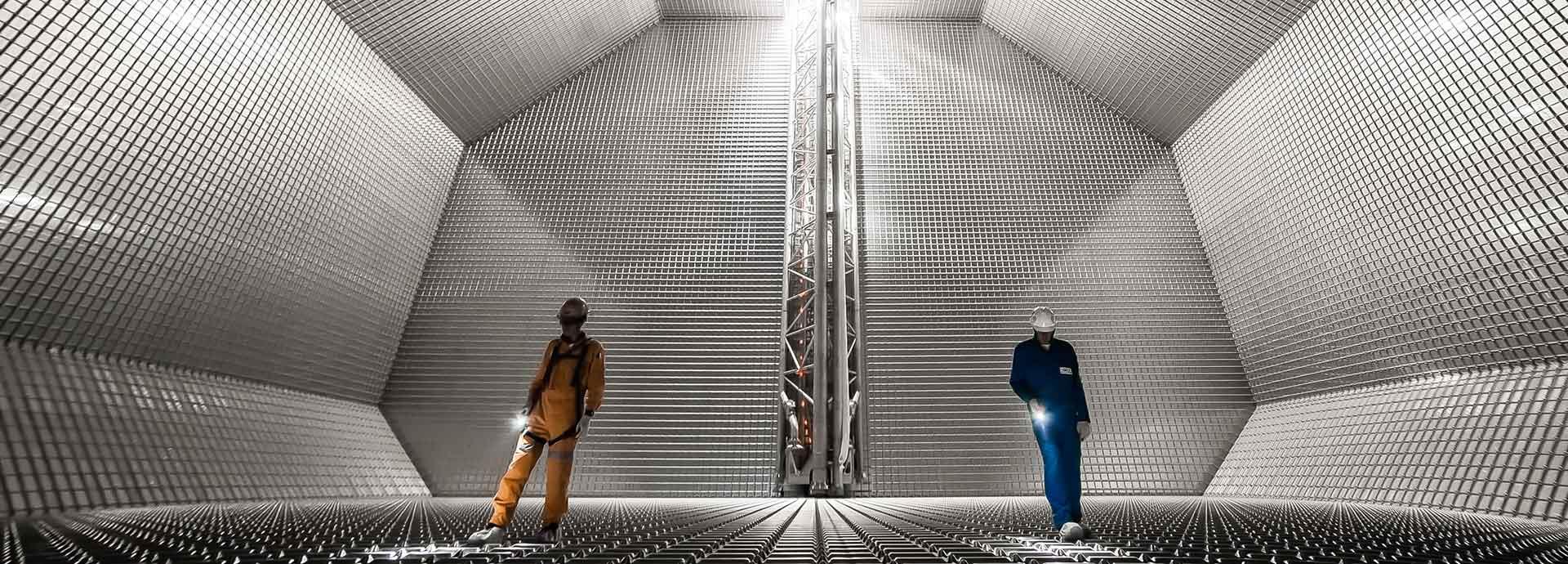

As one of the leaders in the fast-growing market for liquefied natural gas (LNG) solutions, Wärtsilä is constantly seeking to extend and optimise its offering. Most recently, it announced a collaboration with another leading LNG solutions provider, GTT. Together, the two companies will help speed up the deployment of “LNG as fuel” solutions for this growing industry.
The collaboration between Wärtsilä and GTT is a winning combination for everyone involved, bringing a unified, integrated system to customers. Wärtsilä has a wealth of experience within LNG fuel gas applications and gas carrier operations and GTT’s know-how relates to the development of cryogenic membrane containment solutions, mainly for the LNG carrier and Floating Storage Regasification Unit (FSRU) segments.
Frank Harteveld is the Sales & Marketing Director for Gas Solutions within Wärtsilä Marine Solutions. He explains that Wärtsilä’s offering within the marine LNG segment focuses on the equipment required for processing LNG on board vessels. He adds that, in the early phase of “LNG as fuel” for marine applications, independent, Type-C tanks were best suited to these gas-fuelled vessels.
However, as LNG becomes a more mature alternative fuel, and as barriers related to technology and infrastructure are removed, ship owners in all segments are looking to distinguish themselves through more sustainable and cleaner transportation. In this growing market, the membrane-type LNG storage tank offered by GTT is enabling access for the medium, large, extra-large and ultra-large vessel segments.
All vessel sizes
“With this collaboration, we can deliver tanks fitting every vessel size, including the equipment needed to process the LNG,” explains Harteveld. “We will provide a one-stop-shop for our customers’ LNG-related needs.”
According to Julien Bec, Vice President of GTT’s LNG as Fuel Division, the collaboration will result in solutions that will support the shipping industry of the future.
“With the 2020 sulphur cap regulation coming into effect in less than two years’ time, the market is looking for a reliable way to comply with IMO requirements. LNG is one of the most viable options and we anticipate a significant demand in the coming years. The cruise industry is already switching to LNG, with very large container vessels and even bulk carriers following close behind,” says Bec.
System integration vision
Harteveld adds that, for Wärtsilä, teaming up with GTT was an obvious choice:
“We wanted to broaden our scope to include any kind of application – from a small tug boat to a very large container ship (VLCS). Within our partnership, Wärtsilä is the fuel gas system supplier and we deliver the process, automation and smart marine solution, while GTT brings its expertise in tanks.
“We are collaborating with a ‘system integration vision’, not limited to LNG fuel gas storage and supply, but also extending the interfacing to Wärtsilä power, electrical, automation, software and associated services, to provide a solution for all customer segments, with clearly defined product scope and areas of responsibility,” he adds.
As for GTT, the collaboration with Wärtsilä will put the company in a position to provide smart, packaged LNG solutions that will benefit its customers across the board.
“Our common offer gives rise to a ready-made solution in which every part of the LNG fuel gas application will be integrated,” continues Bec. “The combined forces of two companies who have already set the standard in their respective fields will result in an optimised package for ship owners seeking market-leading solutions.”
Clear benefits for ship owners
From the point of view of the ship owners, the Wärtsilä-GTT collaboration comes with a number of advantages. Most importantly, having a single solution in which the mechanical and process system interfacing between the LNG fuel storage tank and the engines is designed within a single unified system philosophy, will result in significantly lower project risk in a segment that is still relatively new and therefore considered to be at high risk. Other benefits of one-stop-shopping include reduced procurement costs and time savings.
GTT’s and Wärtsilä’s will support one another’s offerings going forward, working together to deliver smart marine solutions to ship owners and operators. Wärtsilä’s expertise will support the exchange of on board system data, enabling remote support and assistance for the LNG fuel gas supply system. Meanwhile, GTT’s membrane-type LNG fuel tanks guarantee volume optimisation, allowing for more fuel space on board the vessel and improved autonomy between bunker operations.
“Both Wärtsilä and GTT have spent a great deal of time studying LNG and how it behaves in different conditions. Going forward, our shared expertise in the field of cryogenic liquids will enable us to further enhance our system solutions for the future, with a focus on operational reliability and safety,” says Harteveld.
Did you like this? Subscribe to Insights updates!
Once every six weeks, you will get the top picks – the latest and the greatest pieces – from this Insights channel by email.

